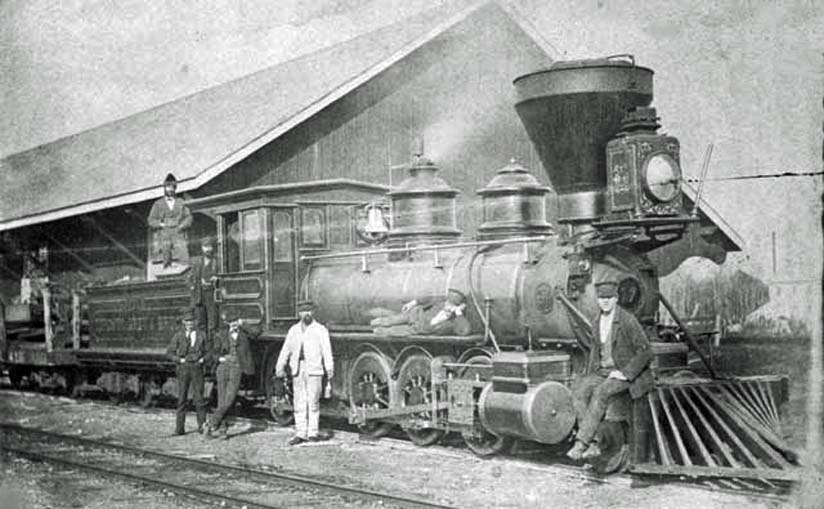
Proton Station Ontario - Current residents of Proton Station might not consider their corner of the world to be an actual ghost town,
however when you consider the past history of the village it does qualify as a place that once was a bustling hub full of businesses that have now
vanished.
It is located about 10 kilometres north of Dundalk and just off Highway 10.
The town was first settled in the 1850's as a few pioneers made their way to the area.
Proton Station really became a spot on the map when the Toronto Grey & Bruce Railway (TG&B) laid tracks and set up a train station in
1872.
It was an unusual choice for a railway stop.
Even though the terrain is flat and level, the area is prone to spring flooding.
The TG&B Railway was not financially successful and it was bought out by the Canadian Pacific Railway (CP) in 1884.
The CP converted the narrow gauge rail to standard size and introduced telegraph services.
By 1890, Proton Station had grown into a small industrial community with around 75 residents.
There was a sawmill, run by the Boyd Brothers and two other saw mills and a lath mill run by James Carnochan and the Neilson Brothers.
The Neilsons built three houses to accommodate their mill workers. They also opened a general store.
Another important industry was the brick works owned William Irwin and J.C. Wright.
The brick works operated right up until 1932.
Tragedy struck the small town in August of 1901 when a CP engine jumped the track and rolled.
A work crew with five teams of horses were installing a new siding as the train approached.
Three people were killed in the ensuing carnage and 15 railway cars were destroyed in the accident.
After the Second World War, people began to move away.
The railway tracks were removed in the 1980's and the rail bed converted to a recreational trail.
Proton Station is still there, and still has residents, but the days of the townsfolk gathering at the general store to listen to the radio are
over.
Brian Lockhart.
 Article
abridged - some non-railway related data removed.
Article
abridged - some non-railway related data removed.

(because there was no image with original article) *2. Original news article image replaced.
(usually because it's been seen before)
provisions in Section 29 of the Canadian
Copyright Modernization Act.
